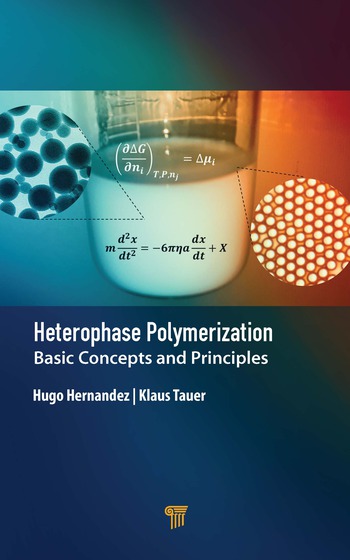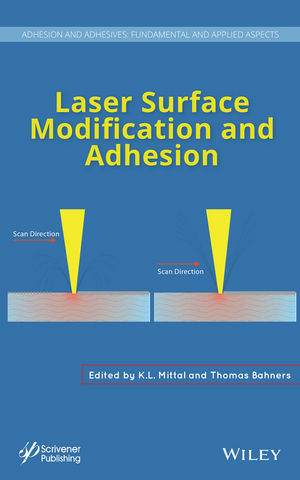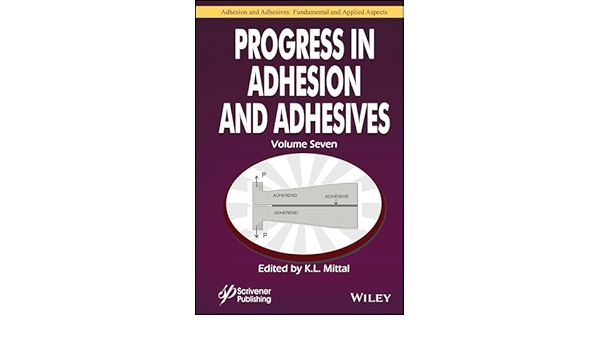Ask Dr. Dave
July 2007
Question: We are currently manufacturing a phosphoric acid-catalyzed phenolic primer to promote the adhesion of polyurethanes to metallic substrates. We have no problem with carbon steel, but we’re having problems bonding to aluminum surfaces. Do you have any suggestions that could improve our situation?
Answer: The traditional methods of improving adhesion to aluminum are abrasive treatment followed by caustic washing or a chromic/sulfuric acid etch. However, there has been a trend in recent years to find safer and faster treatments. A modern treatment, pioneered by aerospace companies, is commonly known as the sol-gel process, and uses a combination of a silane coupling agent and a metal alkoxide in an aqueous solution. These hydrolyze and condense with the hydroxyl groups on the aluminum surface to produce a thin film that is an organic/inorganic polymer network.
Question: We are considering manufacturing polyurethane sealants but are apprehensive about handling very moisture-sensitive raw materials. Can you tell us how difficult this is to do?
Answer: As you almost certainly already know, polyurethanes can either be single-component systems that are cured with atmospheric moisture or two-component systems that comprise an isocyanate component and a polyol component. It is relatively easy to make these products in a lab environment, but in manufacturing and packaging you have to ensure complete absence of moisture in your raw materials. This involves careful drying, such as applying heat and vacuum to your fillers. When you are packaging, complete sealing (to prevent ingress of moisture) is again essential. Failure to exclude moisture can lead to premature curing, reduced shelf life and foaming in the sealant. You might consider looking at the so-called MS or silane-modified polyether sealant technology as an alternative to conventional polyurethanes. These materials have a urethane-like backbone but cure via a silicone-type crosslinking reaction. Although they are still sensitive to moisture, they are easier to handle and package than polyurethanes.
Question: We are currently manufacturing a phosphoric acid-catalyzed phenolic primer to promote the adhesion of polyurethanes to metallic substrates. We have no problem with carbon steel, but we’re having problems bonding to aluminum surfaces. Do you have any suggestions that could improve our situation?
Answer: The traditional methods of improving adhesion to aluminum are abrasive treatment followed by caustic washing or a chromic/sulfuric acid etch. However, there has been a trend in recent years to find safer and faster treatments. A modern treatment, pioneered by aerospace companies, is commonly known as the sol-gel process, and uses a combination of a silane coupling agent and a metal alkoxide in an aqueous solution. These hydrolyze and condense with the hydroxyl groups on the aluminum surface to produce a thin film that is an organic/inorganic polymer network.
Question: We are considering manufacturing polyurethane sealants but are apprehensive about handling very moisture-sensitive raw materials. Can you tell us how difficult this is to do?
Answer: As you almost certainly already know, polyurethanes can either be single-component systems that are cured with atmospheric moisture or two-component systems that comprise an isocyanate component and a polyol component. It is relatively easy to make these products in a lab environment, but in manufacturing and packaging you have to ensure complete absence of moisture in your raw materials. This involves careful drying, such as applying heat and vacuum to your fillers. When you are packaging, complete sealing (to prevent ingress of moisture) is again essential. Failure to exclude moisture can lead to premature curing, reduced shelf life and foaming in the sealant. You might consider looking at the so-called MS or silane-modified polyether sealant technology as an alternative to conventional polyurethanes. These materials have a urethane-like backbone but cure via a silicone-type crosslinking reaction. Although they are still sensitive to moisture, they are easier to handle and package than polyurethanes.
Links
Looking for a reprint of this article?
From high-res PDFs to custom plaques, order your copy today!






